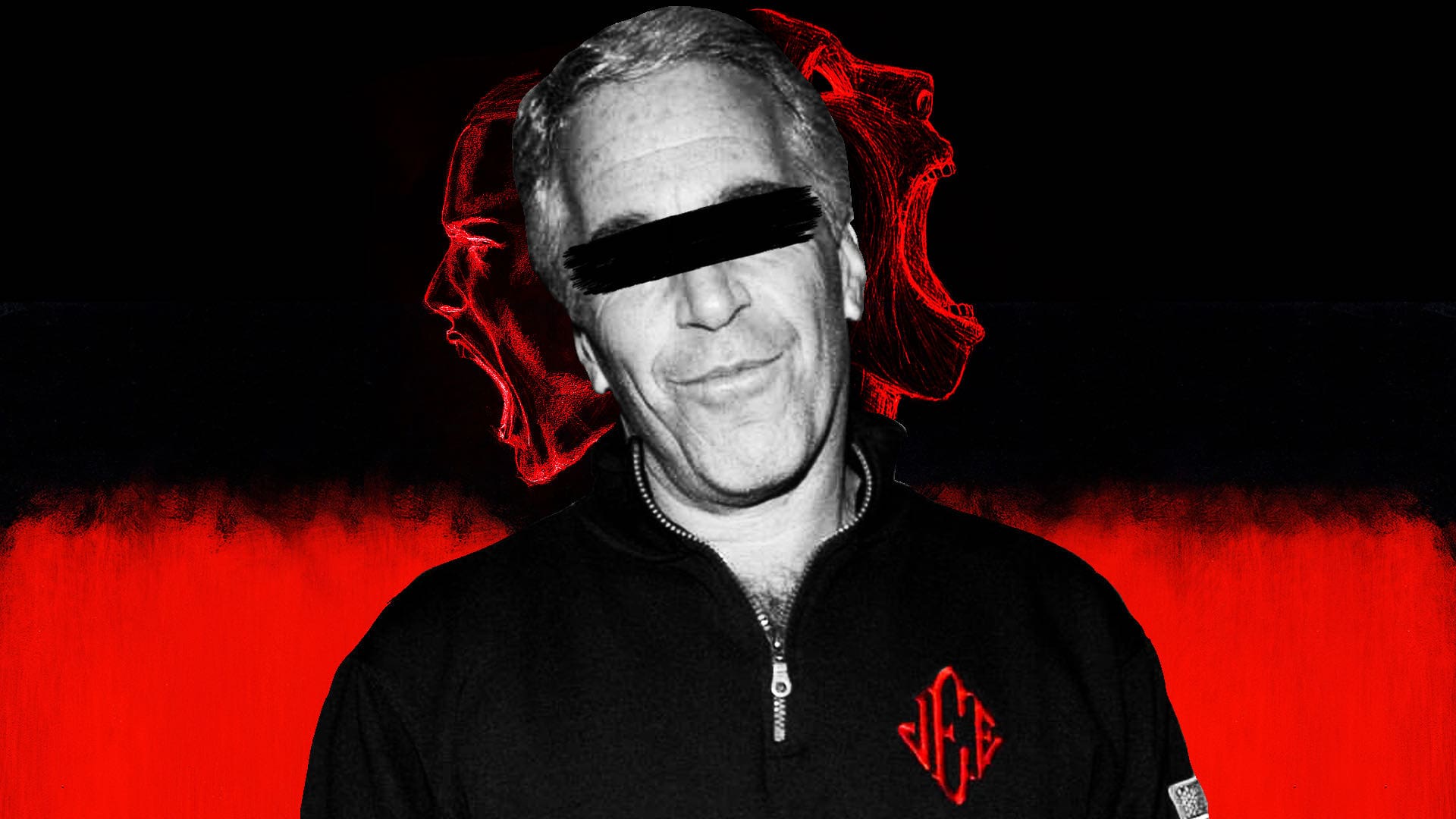The Infamy of Jeffrey Epstein
Jeffrey Epstein is a name that requires no context. Like historical texts preserving the infamy of cruel Roman emperors such as Nero or Caligula, digital archives will likely preserve the sickening legend of Epstein for as long as they exist.
Born and raised in New York City, after humble beginnings as a physics and mathematics teacher, Jeffrey Epstein’s meteoric rise to fame and fortune is fundamentally a story of elite corruption.
What happens when hundreds of the world’s most powerful businessmen, financiers, politicians, and public figures are closely associated with a man convicted of horrifying crimes? The answer changes by perspective – those uninvolved demand justice, while those implicated may lie, destroy evidence, silence witnesses, create spectacles, muddy waters, or simply ignore the problem hoping existing power structures provide protection.
Understanding the Little Black Book Misconception
The first foundation to establish involves clarifying an exceedingly dominant misconception about “Jeffrey Epstein’s Little Black Book,” also known as “Exhibit 52.”
In 2021, as part of The United States vs Maxwell trial proceedings, a motion in limine was filed and granted, excluding Exhibit 52 from being made public. The motion argued: “Given their unknown date of creation, the lack of any authenticating witness, and the fact that the documents do not appear until 2009 – five years after the end of the conspiracies charged in the indictment — there is no relevance that can be attached to the information.”
This redaction of public evidence became the foundation of a widespread misconception that Exhibit 52 was some sort of client list. To this day, many believe the Little Black Book is a smoking gun.
The Truth About Public Availability
Despite being suppressed by the court, the Little Black Book was actually released by Gawker in 2015 as a heavily redacted contact list. Soon afterward, in dark corners of the online world, the unredacted version was also made public, containing residences, phone numbers, and email addresses of powerful elites.
This material has been accessible for almost a decade, yet the rumor mills of conspiracy continued turning.
Government Officials’ Promises
Long before the July 2025 Epstein disaster currently unfolding, numerous government officials made decisive statements about files, names, and transparency:
- Counselor to the President Alina Habba told Piers Morgan: “We have flight logs, information, names, that will come out. I don’t see how it’s not shocking that there were so many individuals that were hidden and kept secret and not held accountable.”
- Attorney General Pam Bondi told Fox News: “A truckload of evidence arrived, it’s now in the hands of the FBI.” She later stated the Epstein client list was on her desk.
- Deputy Director of the FBI Dan Bongino said: “That Jeffrey Epstein story is a big deal. Please do not let that story go. There are a lot of people who are knee deep in the Washington swamp who are not telling you the truth.”
- FBI Director Kash Patel, when asked why the FBI would withhold Epstein’s list, said: “Simple, because of who’s on that list.”
In 2023, Patel told Glenn Beck: “That’s under direct control of the Director of the FBI. On day one, roll out the black book. Not just that. On day one, roll out all the text messages and communications we were told were deleted.”
The February 2025 PR Stunt
What happened after Trump’s re-election was a PR stunt. In February 2025, a two-pronged document release took place, seemingly orchestrated by Attorney General Pam Bondi.
The first half involved conservative influencers given a binder labeled “The Epstein files: Phase 1” who did photo shoots in front of the White House.
The second half was a press release titled “FIRST PHASE of declassified Epstein files” containing a statement from FBI Director Kash Patel promising no cover-ups, no missing documents, and no stone left unturned.
However, checking the provided files revealed this was merely a further redacted version of the same Little Black Book that had been misunderstood and widely scrutinized for a decade.
The Rick Roll Mockery
The administration began making jokes about this situation. After supporters voiced discontent on social media, the House Judiciary Committee posted “BREAKING… Epstein files released” with a link containing “Epstein files V2” in the URL.
The link redirected to a Rick Astley YouTube video – a “Rick Roll” trolling joke. The Trump administration was mocking people who wanted to know the full story behind Jeffrey Epstein’s crimes.
The DOJ/FBI Memo Bombshell
Released by Axios on July 6, 2025, a joint DOJ/FBI memo stated: “As part of our commitment to transparency, the Department of Justice and the Federal Bureau of Investigation have conducted an exhaustive review of investigative holdings relating to Jeffrey Epstein.”
The memo claimed searches uncovered more than 300 gigabytes of data and physical evidence but revealed “no incriminating ‘client list.’ There was also no credible evidence found that Epstein blackmailed prominent individuals as part of his actions. We did not uncover evidence that could predicate an investigation against uncharged third parties.”
The memo concluded: “After a thorough investigation, FBI investigators concluded that Jeffrey Epstein committed suicide in his cell at the Metropolitan Correctional Center in New York City on August 10, 2019.”
Prison Footage Inconsistencies
In tandem with this wildly suspect denial, 10 hours and 52 minutes of prison block footage was released, containing numerous inconsistencies:
Camera Malfunction Questions
According to the original Office of Inspector General report, most cameras “malfunctioned” following Epstein’s death, inspiring the question of where this footage came from.
Alternative Entrance Discovery
At 12:06:01, a man enters the block, throws what appears to be laundry, moves a trash can, then walks out of frame one floor down to the right and never returns. This reveals another entrance allowing access off camera, which also allows access to stairs directly leading to Epstein’s cell.
10:40 PM Discrepancy
At precisely 10:40, going frame by frame reveals something orange climbing the stairs. This contradicts the original DOJ report stating: “The OIG determined that SHU staff did not conduct any 30-minute rounds after approximately 10:40 p.m. on August 9, and that the count slips and round sheets had been falsified.”
Railing Paint Mystery
The footage shows two unpainted wood railings, but crime scene photos from the initial report clearly show only one unpainted railing. One of three things must be true: workers were allowed in during an active investigation, there are mistakes in crime scene photos, or the camera is in a different location than claimed.
Missing Minute
There’s a minute of footage missing from 11:59 PM to midnight. Having a minute missing from every day of security recording in a prison is a massive liability.
Government Response and Denial
After the footage and memo release, White House Press Secretary Karoline Leavitt claimed Attorney General Pam Bondi never claimed to have the client list on her desk, despite clear evidence to the contrary.
When Pam Bondi was confronted in a cabinet meeting, President Trump jumped in saying: “Are we still talking about Jeffrey Epstein? That is unbelievable, do you wanna waste the time? Do you feel like answering?” Minutes later, he discussed whether to gold leaf the corners of room molding.
Talking about the man responsible for trafficking hundreds of victims to the world’s most powerful elite is considered a waste of time, while discussing palace decorations is worthwhile.
The Deeper Financial Mystery
Jeffrey Epstein had his own bank called Southern Country International in the Virgin Islands. Defying his last will and testament, his private bank received over $15 million in two transfers from his estate after his death.
When confronted, estate lawyers claimed payments were made “in error.” One transfer of $2.6 million was returned, but $12.9 million transferred posthumously to his bank disappeared. Two weeks after transfers occurred, year-end filings showed the bank had only half a million dollars in assets.
The Elite Protection System
Jeffrey Epstein is one of the most mysterious villains of the past century. The sheer number of unanswered questions is staggering, but one thing is abundantly clear: the elites don’t play by the same rules.
While those who didn’t fly to Epstein’s island live in fear of mistakes on $3,000 annual tax returns, the government by the people and for the people no longer properly represents the people. It represents those with power and money.
The evidence is overwhelming: from prison footage inconsistencies to broken promises from officials, from mockery of truth-seekers to financial mysteries, the Jeffrey Epstein files cover-up continues to protect the powerful while denying justice to victims.


